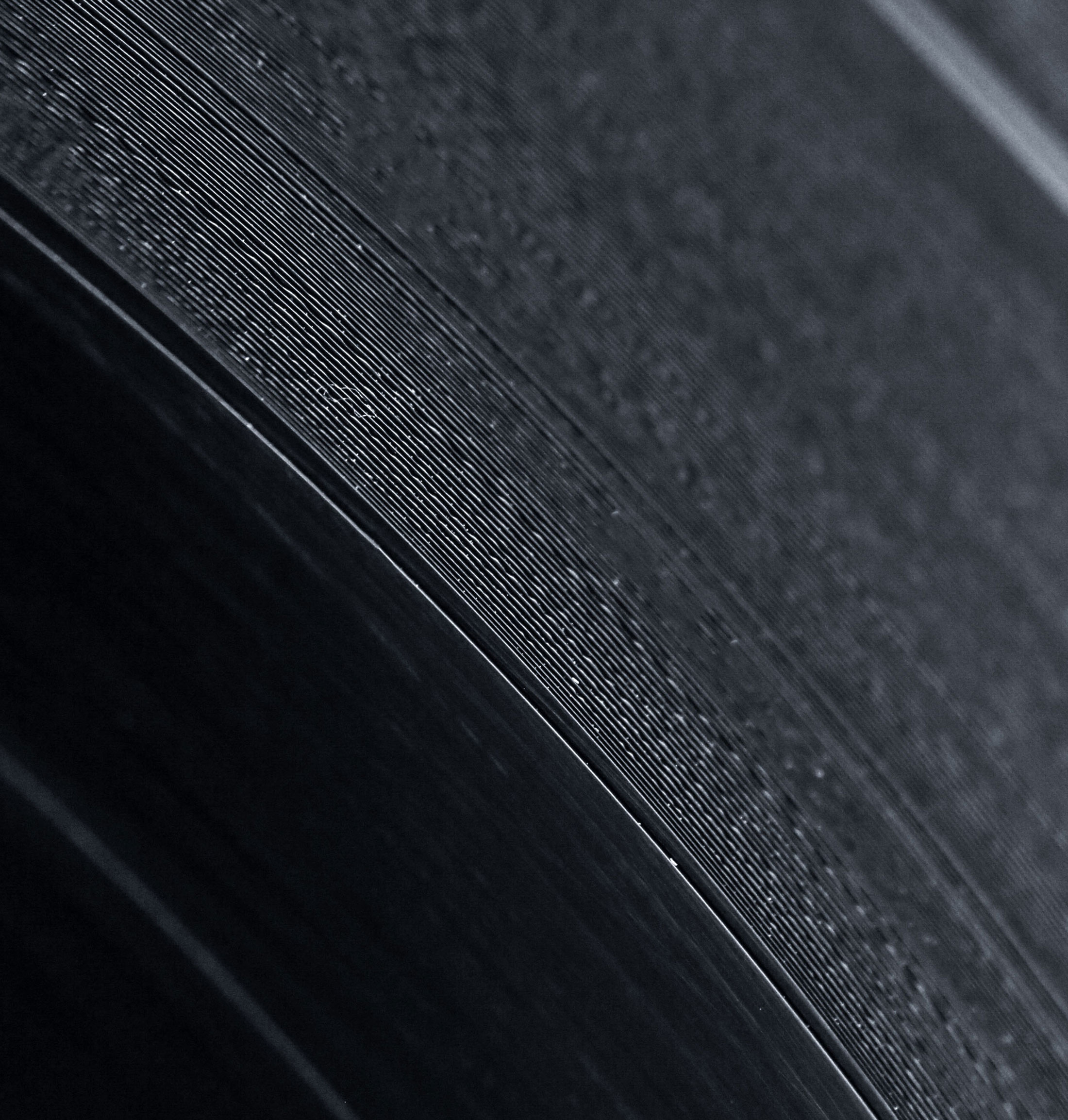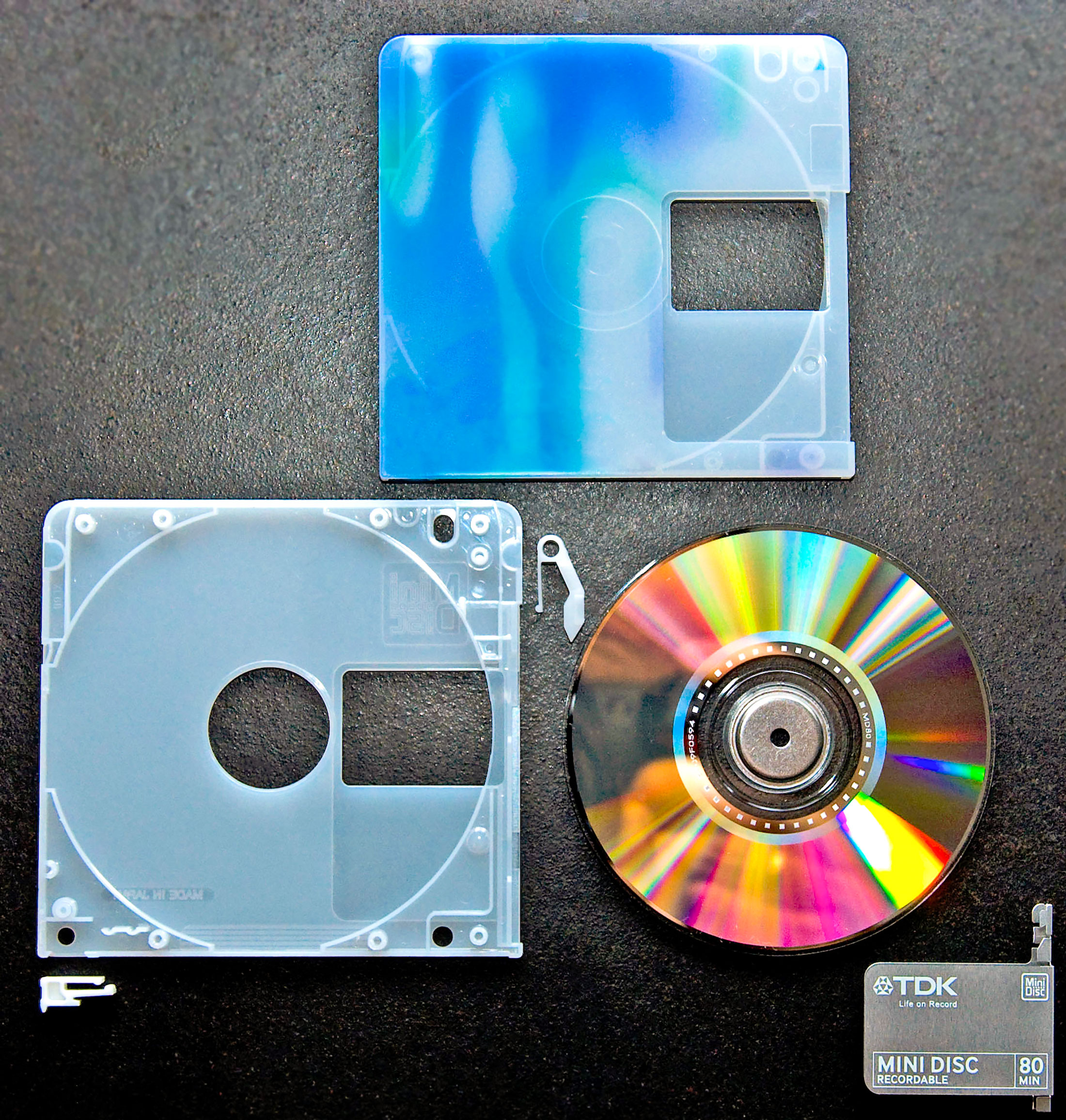24 December 2023
Developments in history around media to deliver music
By Thomas (2000 Underground Music)
An amazing aspect that we noticed, since we started to listen to house and techno mixes, in the year 2000. Is the way that music in 2023, is consumed and enjoyed. There were the early days of vinyl, where you would use a large gramophone (1912), that you could barely lift into, or move out of a room. We had tape cassettes that went into Walkman’s (1979), that enabled basically mobile listening, anywhere and at any time. We had MiniDisc’s (a personal favourite of ours, that we used from 2000–2016), that were in wide-spread use around 1998, that could be extended to LP4 (long play 4) to record 320 minutes (5 hours 33 minutes). But were never really commercially successful, for disappointing copyright and patent reasons, from manufacturers like Sony, Sharp and Panasonic. Now we have digital music, that can be listened to on smartphones, streamed anywhere with a computer, on your iPad in your front lounge, listening in an aeroplane, or on a watch in the gym.
We have seen the media to deliver music, and where it is actually listened to and enjoyed, expand and change beyond comprehension. Underground nightclubs and venues, are no longer exclusive, and you do not even have to pay to listen to the music (just wait until the next day, when it is uploaded to SoundCloud or Mixcloud), but hold on… there is something missing… The atmosphere, the memories, interactions with people, strangers, friends and even lovers. And what about the time, money, energy, sacrifice, journeys and stories, to get to a physical location?, priceless and long-lasting (of course).

Close-up of a vinyl, showing the grooves.
Photograph by Giorgio Trovato (20 March 2020), distributed under a CC-BY 2.0 license, adapted, from https://unsplash.com/photos/grayscale-photo-of-a-water-droplets-Y-SPUOQIDu0.

MiniDisc disassembled.
Photograph by Jurireal (22 July 2009), distributed under a CC-BY 2.0 license, adapted, from https://upload.wikimedia.org/wikipedia/commons/1/16/Minidisc_disassembled.jpg.
You can get music now, in pretty much any format you wish, to suit your taste and resources. Although selling a track for £1, on a typical digital reseller, seems like a pointless gutless exercise. Musicians today, and for a long time, have had a very hard time being sustainable, even though they bleed from their labour, year-after-year, decade-after-decade. Typical mainstream commercialisation, takes their blood, and sells it any way they wish, and then will not give them anything back. And then we have revivals and new rereleases. Vinyl is still going strong, that is right, really really strong, still in 2023. So very desirable and romantic (you pay good money and you get a good thing, although they are hard to listen to, riding your bicycle…). Tape cassettes are on the rise, and we have USB sticks and devices, acting as copy-disabled encrypted protected sources of music… Is this the ideal utopia, some think so, some think not… What is next? who knows…